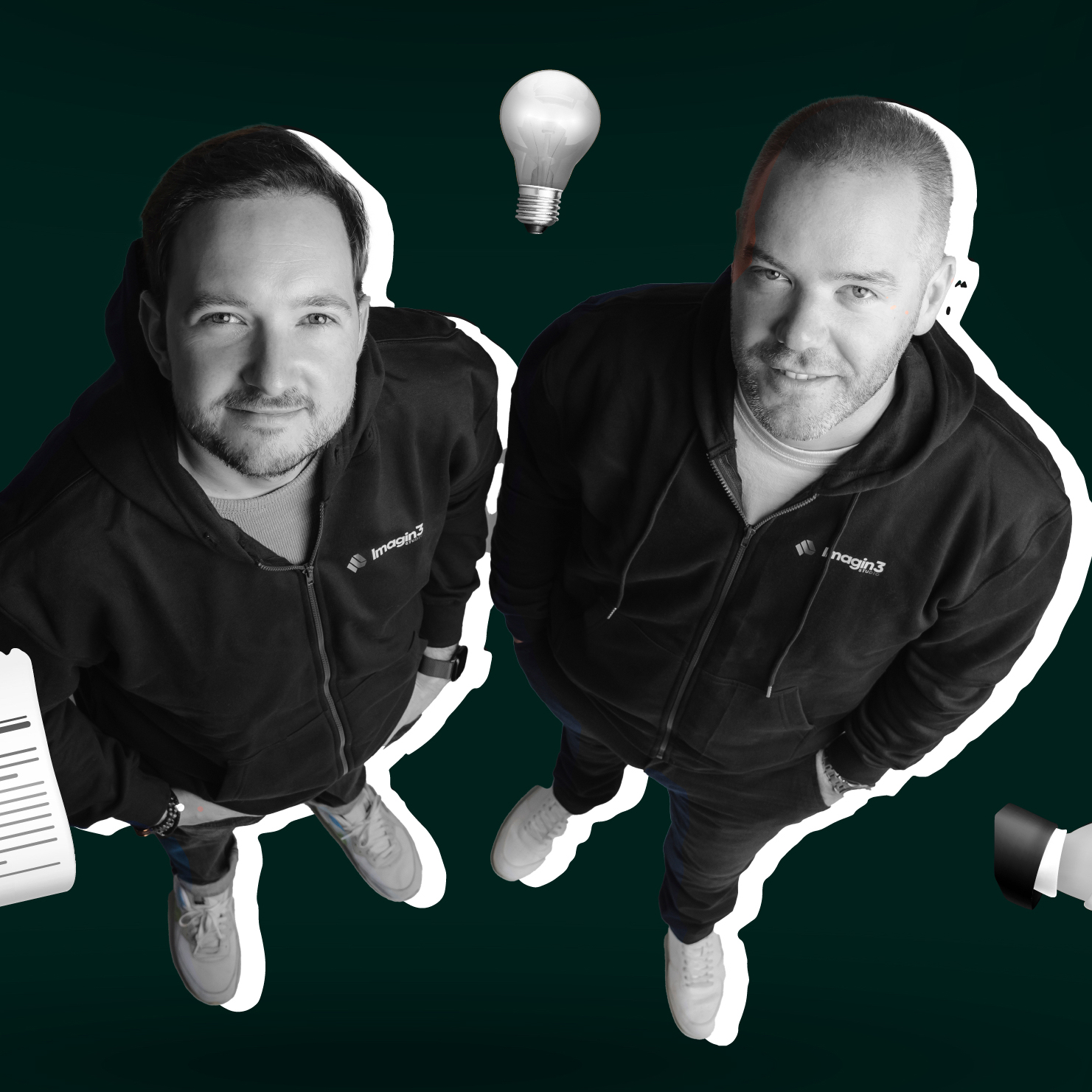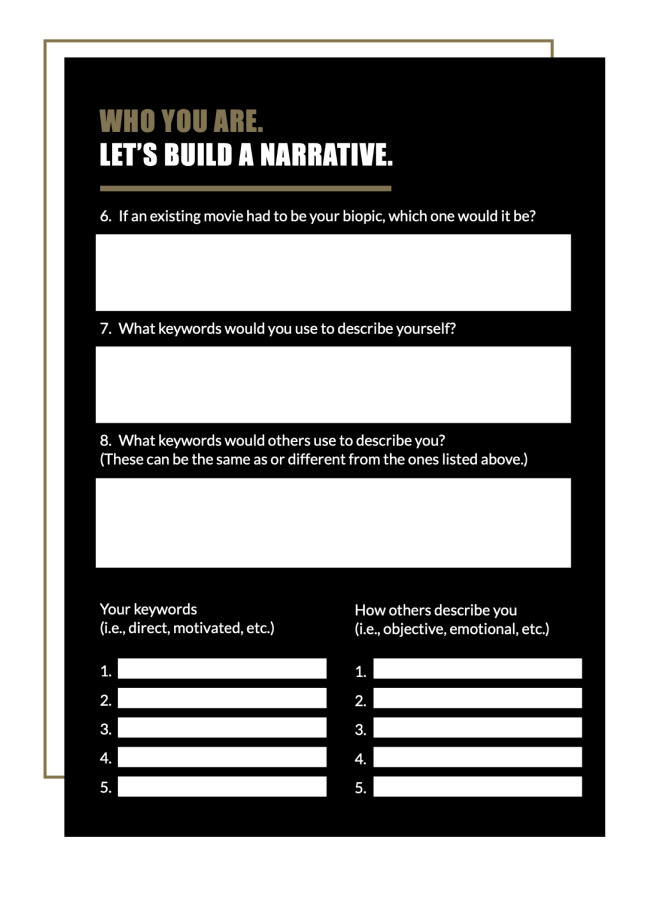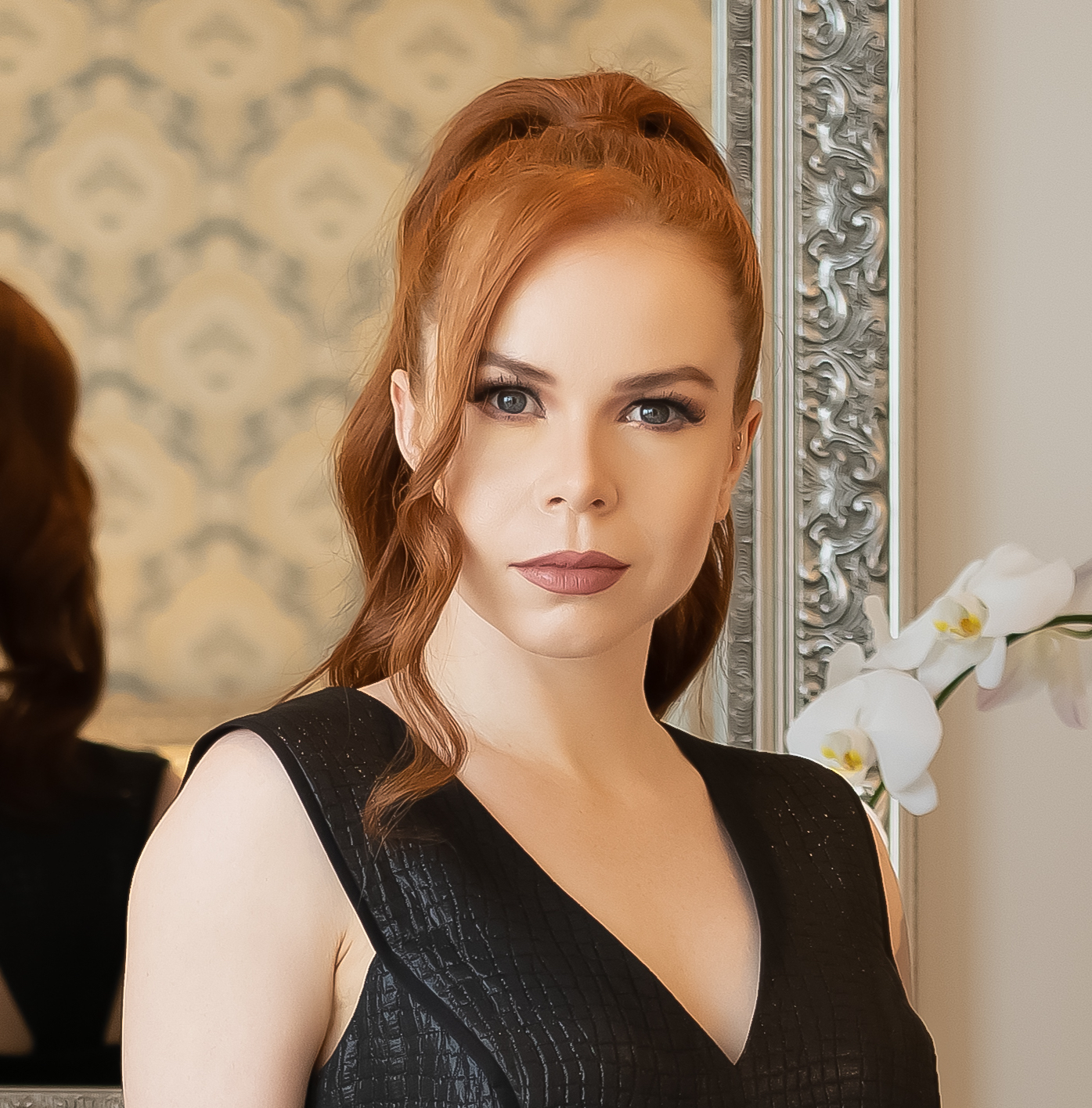By Chloe Curran, Senior Account Executive
For many senior executives, nonprofit leaders, tech innovators and academics, being invited to speak at a prestigious TED Talk Conference is a rite of passage, a sign you are a key influencer on the national or international stage. But securing such an opportunity takes time and requires that you have built a strong reputation as a speaker and thought-leader. Here’s how to get started by first securing speaking engagements at TEDx events and then build slowly towards the bigger goal.
Launched 30 years ago, TED (Technology, Entertainment, and Design) is a global platform known for its thought-provoking talks on various topics ranging from science and technology, to arts and culture. TED Conferences not only draw huge live audiences in cities around the world, but in the U.S. are broadcast nationally on most NPR radio stations. Bear in mind, however, that TED Talks are major invitation-only events. While you can nominate yourself by filling out the form on the TED website, you have a far greater chance of success if someone else nominates you, preferably by someone who is already known to the TED community.
Identifying where to speak
In contrast, TEDx talks cater to smaller, local audiences. Though they are “licensed” by the TED organization,TEDx events are independently organized and produced, and often held at local colleges and universities. As such, you have a much better chance of being approved to speak at a TEDx event.
To identify TEDx events, go to https://www.ted.com/tedx/events. You can search by location or dates.Many of the the local events have themes and you can quickly see whether they already have filled all their speaker slots. Clicking on a talk will provide you with more information about the event, including whether the speakers have already been selected and if there is a call for proposals. Make sure to note the deadline for the proposal submission and any specific themes or requirements mentioned by the event organizer.
Submitting a proposal
Your idea is the most crucial part of your TEDx Talk proposal. Your idea should be unique, valuable, and have the potential to create a positive impact. Ask yourself why your idea is important, what makes your content unique, and what differentiates you from other speakers. Clearly articulate your call to action – what you want your audience to do with your content. Additionally, consider how your idea is relevant locally and globally. Being able to answer these questions successfully, humbly, and authentically will strengthen your presentation and increase your chances of being selected as a TED speaker.
Below are the five types of talks that TEDx organizers (and ultimately TED Talk Conferences) will consider:
- The big idea – The talks that make one or two very strong points, and it’s important. Example: Bryan Stevenson
- The tech demo – An onstage look at some clever new invention that the speaker was a part of creating. Example: Tan Le
- The performance – Music, dance, magic, puppetry, or some other performance to captivate your audience. Example: Pilobolus
- The artist’s statement – In these talks, artists showcase their art and explain the meaning and process behind what they create. Example: Raghava KK
- The “dazzle with wonder” – These talks are mainly about the amazement of science and discovery. Example: Yoav Medan
- The small idea – These talks are not about one big, world-changing idea, but instead a very engaging take on an interesting topic. Example: Mary Roach
- The “issue” talk – These talks expose your audience to an issue that they may not otherwise know much about. Example: Rodrigo Canales
Once you have a strong idea for your TEDx talk, you can put together your pitch. Your pitch should align with the TED brand and clearly communicate the concept of your idea. Your talk description should include a title, an outline, and the main points you want to cover. The title you submit will be the thumbnail title for platforms like YouTube, so make sure it is captivating and represents the essence of your talk.
In addition to the talk description, you will need to provide a short, 2-3 sentence bio that highlights your credentials and expertise on the topic of your talk. Use keywords and phrases that represent you and your qualifications to speak on the topic.You should also include a video link in your pitch. The video can be taken on a phone, but it should showcase your speaking ability. Ideally, the video should be longer to demonstrate that you can effectively communicate your idea within the given time limit of a TEDx talk, which is typically around 18 minutes. Be sure to practice and refine your pitch to make it engaging, concise, and impactful.
A gateway to new beginnings
After submitting your pitch, be patient and wait for a response from the TEDx event organizer. It may take some time as organizers typically receive numerous proposals and need to review them carefully. If your proposal is accepted, congratulations! You will have the opportunity to share your idea on the TEDx stage and potentially reach a wide audience.
Finally, remember that the TEDx event is not the end of your journey as a TED speaker. TEDx talks are often recorded and uploaded to the TEDx YouTube channel, where they can gain further exposure. Your talk may also open doors for other speaking opportunities and collaborations. Stay connected with the TEDx community, continue to share your idea, and leverage the TEDx platform to amplify your message.
Good luck!













